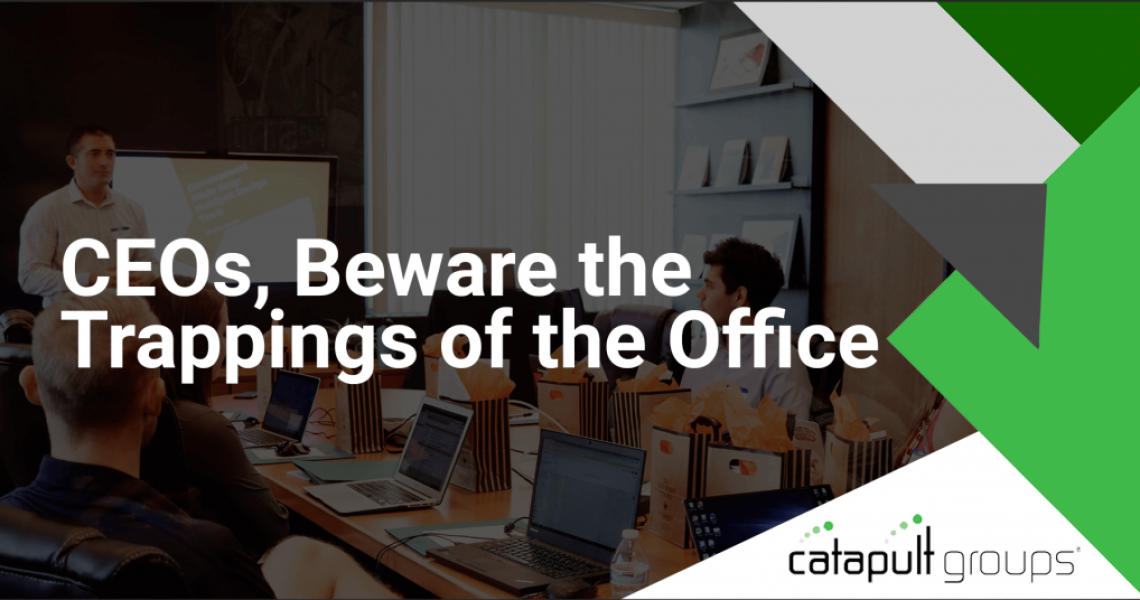How to Cultivate Innovation in Creativity
Creativity is the spark of original thought. Innovation is the act of transforming that spark into something valuable. Together, innovation in creativity creates awesome teams that make lasting results.
If you want innovation to flourish, build environments that foster creativity. You can’t (and shouldn’t) generate every idea yourself. Instead, establish conditions where creative employees can experiment with innovative solutions.
Before anything else, establish safety. Without safe footing to return to, creativity is difficult. A team member will not contribute to the creative process if they fear criticism.
So model curiosity, ask bold questions, and admit your own learning gaps. Exploration gives teams freedom to think differently and pursue new approaches to solving problems.
Encouraging Curiosity and Exploration
Curiosity is the first ingredient, the spark that lights the tinder. Build it into daily routines by making space for exploration.
Depending on your team’s needs, that may mean several activities. Encourage employees to attend workshops, test new tools, research trends, or step out of their comfort zone.
Also, encourage questions and take suggestions seriously. When you celebrate questions as much as answers, employees integrate exploration on their own. Over time, this “What if?” mindset leads to creative ideas and sometimes truly great ideas.
You can formalize curiosity through “curiosity hours” or innovation labs. These highlight continuous discovery and allow teams to pursue ideas without pressure. And recognition matters. Spotlight employees who propose methods of solving a problem.
Finally, curiosity thrives when you share your learning journey. Showing you value exploration as much as performance encourages creative risk-taking across the organization.
Creating Diverse, Cross-Functional Teams
One false belief is that creativity is random. Nothing could be further from the truth.
Innovation grows stronger when multiple perspectives collide, especially when entire teams add fresh perspectives.
Don’t wait for lightning to strike; set conditions for the perfect brainstorm. Design cross-functional teams that combine expertise across the business. Diverse groups bring a range of problem-solving approaches, ensuring ideas are imaginative and practical.
Bring in creative people with varied backgrounds and experiences. This expands the pool of creative talent. The mix encourages creative approaches that single-discipline teams might miss.
Diversity also matters beyond function. It expands the pool of creative talent and improves resilience. It also helps teams anticipate global markets and respond to unique customer needs.
Establishing Feedback Loops and Open Communication
No idea starts out perfect. That’s why feedback is critical to refining creative ideas. Quick, constructive feedback loops ensure ideas evolve instead of getting stuck.
This can take the form of idea platforms, brainstorming sessions, or innovation workshops. The important part is transparency. Team members must see what happens to contributions and know their voices matter. When you respond to suggestions and encourage iteration, you build trust that fuels the creative process.
Broaden your sources of feedback to include customers, partners, and experts. Their input often sparks a good idea your teams hadn’t considered. Once the first idea flows, the rest come easier. Reinforcing attempts keeps morale high and encourages increased creativity.
Providing Resources and Support
Creative individuals need encouragement and support. Commit resources like budget, tools, workshops, or time to help ideas move forward.
Investment in research and development signals long-term priorities. Even modest investments, like prototyping tools or partnerships, can accelerate innovation. Without tangible support, even the best creative ideas stay stuck.
Providing resources also means giving employees time for the creative process. Overloaded schedules suffocate creativity, so carve out space for experimentation. Support should extend to networks and research, as global insights lead to innovative ideas.
Embracing Agile Methods and Iterative Learning
Agile methods mirror creativity’s natural rhythm. Rather than demanding a perfect solution, agile emphasizes short cycles of testing. When you embrace agile practices, your teams test quickly and refine ideas with real results.
This iterative approach reduces fear of failure. Employees who know they can try small experiments are more willing to engage. When employees know attempts won’t damage careers, they keep experimenting. Those efforts sometimes produce innovative solutions that solve a problem in surprising ways.
Iterative agility shifts problem-solving from a rigid task to a learning cycle. From there, it often produces creative solutions that may not surface otherwise.
Celebrating and Learning from Failures
Failure is always a possibility, even when you’re coloring in the lines. But if you treat stumbling blocks as stepping stones, you create conditions for innovation.
Failures are valuable data; encourage team members to take risks. Without growth, development shrinks and your ability to solve problems is limited. Share your own mistakes and lessons. Doing so shows resilience and openness to experimentation.
Want another tip for celebrating failures? Reward effort as well as outcomes. This signals that you value risk-taking and learning. With consistent, conscious effort, this mindset builds a culture where creativity thrives.
Encouraging Continuous Learning
The creative process depends on fresh knowledge and skills. Boost creativity by investing in training, conferences, and workshops. These introduce new perspectives that spark ideas.
Encouraging side projects or collaboration with other departments also leads to insights. When you treat learning as ongoing, your organization gains agility. You generate creative ideas and apply them to solving problems in real time.
Continuous learning strengthens creative talent. When leaders model lifelong learning, they develop curiosity and growth. Employees exposed to new skills expand their creative personality. Then they expand their ability to share innovative ideas.
The Human Side of Creative Innovation
Ultimately, innovation is about people. Encourage employees to bring their whole selves to work. Passions, cultures, and experiences unlock deeper creativity.
Being authentic expands the pool of creative individuals. When team members feel welcome, they share bold thinking. This not only encourages creative risk-taking but also strengthens collaboration.
When you value empathy and curiosity, you create an environment where creative thinkers share their best ideas. Those ideas evolve into innovative solutions that drive meaningful progress.
Ready to Lead With Greater Clarity and Creativity?
If you're a CEO or business owner seeking to fuel innovation through stronger leadership, now is the time to take the next step. Catapult Groups offers high-impact peer advisory groups and one-on-one coaching designed to help you unlock fresh ideas, overcome growth plateaus, and lead with confidence.
Schedule your free, no-obligation 30-minute consultation and discover how authentic leadership and expert guidance can transform your business.



